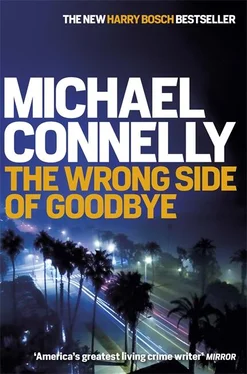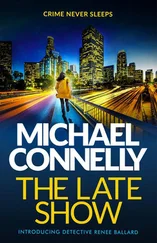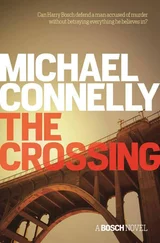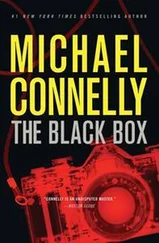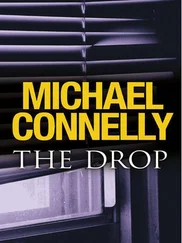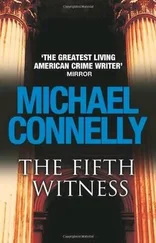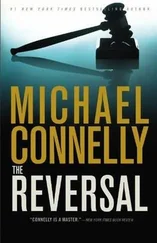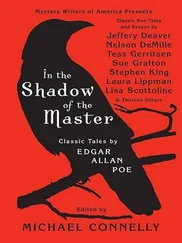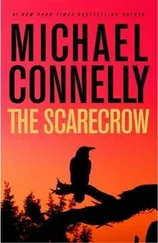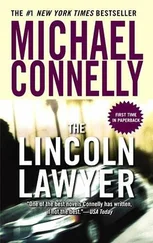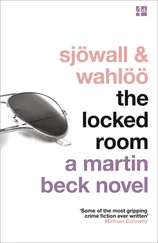Bisinger’s remembrance gave some clarity to what had happened to Santanello. The fact that it was written as if directly to Dominick made it all the more haunting.
Nicky, I remember being at chow on Sanctuary when I heard about you getting shot down. The gunner that got burned up but survived had come to us so we knew the story. I felt so bad. For anybody to die in a place so far from home and for something that didn’t seem to mean so much anymore. I remember begging you not to go out there to First Med. I begged you. I said don’t get off the boat, man. But you didn’t listen. You had to get that CMB and see the war. I’m so sorry, man. I feel like I let you down because I couldn’t stop you .
Bosch knew that CMB meant combat medical badge. Below Bisinger’s outpouring of feelings was a comment from another site visitor, named Olivia Macdonald.
Don’t feel so bad, Bill. We all knew Nick and how headstrong he was and how he wanted adventure. He joined up for adventure. He picked medic because he thought he could be in the middle of things, but just help people and not have to kill anybody. That was his spirit and we should celebrate that, not second-guess our actions .
The comment showed an intimate knowledge of Santanello that made Bosch think Olivia was a family member or maybe a former girlfriend. Bisinger had written a return comment, thanking Olivia for her understanding.
Bosch continued to scroll through the messages and saw that Olivia Macdonald had posted five more times over the years, always on November 11 — Veterans Day. These posts were not as intimate and always along the lines of “Gone but not forgotten.”
There was a sign-up button at the top of the remembrance page that allowed users to be alerted whenever a new message was posted to the Santanello page. Bosch scrolled back down to the post from Bisinger and saw that Olivia Macdonald’s comment had come only a day after his original post. Bisinger’s thank-you to her came on the same day as her post.
The quickness of the responses indicated to Bosch that both Macdonald and Bisinger had signed up for the post alerts. He quickly opened a comment block under Bisinger’s thank-you and wrote a message to both of them. He didn’t want to reveal exactly what he was doing in a public forum, no matter how infrequently the Dominick Santanello remembrance page was visited. He crafted a message that he hoped would draw at least one of them into making contact.
Olivia and Bill, I am a Vietnam Vet. I was wounded in 1969 and treated on the Sanctuary. I want to talk to you about Nick. I have information .
Bosch put both his personal e-mail and cell phone number on the message and then posted it. He hoped he would hear back from one of them soon.
Bosch printed out the screen that had Dominick Santanello’s photo and then logged off the computer. He closed his notebook and put it in his pocket. He picked up the stack of birth certificates and left the cubicle, taking the copy of the photo out of the communal printer tray as he left the office.
Back in his car Bosch sat still for a moment and felt guilty about not going to Foothill Division with Bella Lourdes to talk to the detective handling sexual batteries. He was putting his private investigation in front of his work for the town and it was the Screen Cutter case that was more pressing. He thought about calling Lourdes and saying he was on his way, but the truth was, Lourdes could handle it. She was going to another police station to confer with another detective. It wasn’t a two-person job. Instead he pulled out of the parking lot and started to cruise.
In the course of the investigation Bosch had been to each of the residences where the Screen Cutter had attacked women. These visits came as each case was linked to a serial rapist. None of the victims still lived in the homes, and access to them was difficult to arrange and brief. In one case the victim agreed to return to the premises with the detectives to walk them through the logistics of the crime.
Now for the first time Bosch cruised by each of the homes in the chronological order of the assaults. He wasn’t really sure what he might gain from this but he knew it would help keep the investigation churning in his mind. That was important. He didn’t want the Vance investigation to crowd out his resolve to find the Screen Cutter.
It took him no more than fifteen minutes to make the circuit. At the last house he stopped at the curb in front, easily finding parking because it was a street-sweeping day and one side of the street was clear. He reached under the seat and pulled out the old Thomas Brothers map book. San Fernando was small enough to fit on one page of the book. Bosch had previously charted the locations of the rapes on the page and now studied it once again.
There was no discernible pattern to the locations. Bosch and Lourdes had already exhaustively looked for commonalities: repairmen, postal workers, meter readers, and so on who might connect the victims or their addresses or neighborhoods. But the effort failed to pay off with a connection to all four of the victims or their addresses.
Lourdes believed that each of the victims had somehow come into visual contact with the rapist while away from her home and then was followed during the stalking phase of the crime. But Bosch was unconvinced. San Fernando was a tiny town. The idea that the rapist would lock on to a potential victim in one location and follow her to another stretched believability when four out of four times this protocol led to an address in little San Fernando. Bosch believed the victims were somehow acquired when the rapist saw them in or just outside their homes.
He turned and studied the front facade of the house where the Screen Cutter was last known to have attacked. It was a small postwar house with a front porch and a single-car garage. The rapist had cut the screen on a rear window in an unused bedroom. Bosch could see there was perfect cover from the street.
A shadow swooped by his side window and Bosch turned to see a post office van coast up to the curb in front of his car. The mailman got out and headed toward the front door, where there was a mail slot. He casually glanced toward Bosch’s car, recognized him behind the wheel, and held a middle finger up his whole way to the door. His name was Mitchell Maron and he had briefly been a suspect in the rapes as well as the subject of a backfired attempt to surreptitiously collect his DNA.
It had occurred at the Starbucks on Truman a month earlier. When Bosch and Lourdes found out that Maron delivered mail on a route that included three of the four victims’ homes, they decided the quickest way to identify or eliminate him as a suspect was to get his DNA and compare it to that from the rapist. They watched him for two days and, while he did nothing that engendered suspicion, he did stop on his morning breaks at the Starbucks, where he drank tea and ate a breakfast sandwich.
In a bit of improvising, Lourdes followed Maron into the coffee shop on the third day, purchased an iced tea, and then sat at an outside table next to the mailman. When he was finished eating he wiped his mouth with a napkin, stuffed it into the empty paper bag his sandwich had come in, and tossed it into a nearby trash can. As he headed back to his mail van, Lourdes took a position guarding the trash can from being used by other patrons. When she saw Maron jump into the van, she removed the top of the trash can and looked down at the paper bag he had just discarded. She put on latex gloves and pulled out a plastic evidence bag to collect the possible DNA specimen. Bosch emerged from the follow car and pulled his phone so he could get a video of the collecting of the bag in case DNA from it was ever introduced in court. The courts had upheld the validity of surreptitious collection of DNA from public locations. He needed to document where the specimen was collected as well.
Читать дальше
